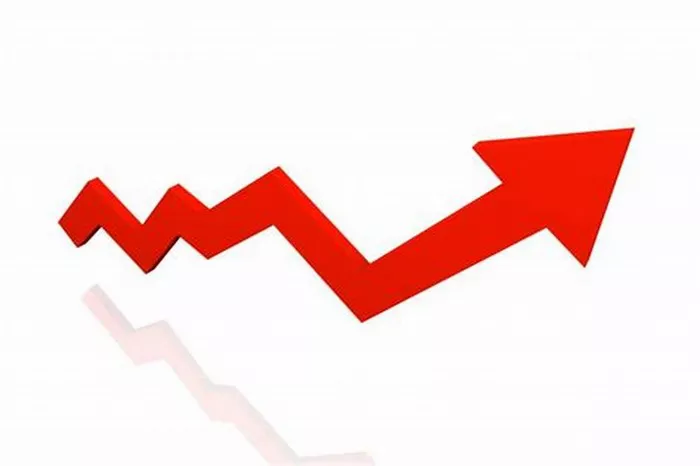Growth stocks often capture the interest of investors due to their potential for substantial returns. However, these stocks can underperform in a rising interest rate environment. In this article, we will explore 7 reasons why growth stocks tend to struggle when rates increase.
1. Higher Discount Rates Reduce Present Value of Future Earnings
Impact of Discount Rates on Valuation
Growth stocks are valued based on their expected future earnings. Investors use a discount rate to calculate the present value of these future earnings. When interest rates rise, the discount rate also increases, leading to a lower present value of future earnings.
Mathematical Illustration
For example, if a company’s future earnings are expected to be $100,000 five years from now, and the discount rate is 5%, the present value is approximately $78,350. However, if the discount rate rises to 7%, the present value drops to about $71,300. This reduction in present value directly impacts the stock’s price, causing it to underperform.
2. Increased Cost of Borrowing
Impact on Business Expansion
Growth companies often rely on borrowing to finance their expansion plans. Higher interest rates mean higher borrowing costs. This can lead to reduced spending on growth initiatives such as research and development, marketing, and capital expenditures.
Financial Burden
For companies with significant debt, rising rates increase the cost of servicing that debt. This can lead to lower profitability and reduced cash flow, which negatively affects stock prices.
See Also: 6 Reasons Why Billionaires Are Selling Stocks
3. Shift in Investor Preference
Attraction to Fixed-Income Securities
As interest rates rise, fixed-income securities such as bonds become more attractive to investors. These securities offer higher yields, providing a safer alternative to the volatile stock market.
Risk-Averse Behavior
Investors often shift their portfolios from high-risk growth stocks to more stable, income-generating assets. This shift in demand can lead to a decline in the price of growth stocks.
4. Reduced Consumer Spending
Higher Borrowing Costs for Consumers
Higher interest rates increase the cost of borrowing for consumers. This can lead to reduced spending on discretionary items, which negatively impacts companies that rely on consumer spending for growth.
Economic Slowdown
A slowdown in consumer spending can lead to slower economic growth. Growth companies, particularly those in the retail and technology sectors, may see reduced revenue growth, leading to underperformance in their stock prices.
5. Impact on Profit Margins
Increased Operational Costs
Rising interest rates can lead to higher costs for businesses, including increased borrowing costs and higher input prices. These increased costs can erode profit margins, especially for companies that cannot pass these costs on to consumers.
Pressure on Earnings
Narrower profit margins can lead to lower earnings, which are critical for growth companies. As earnings expectations are revised downward, stock prices can decline.
6. Valuation Compression
Higher Valuation Multiples
Growth stocks often trade at higher valuation multiples, such as price-to-earnings (P/E) ratios. When interest rates rise, the cost of capital increases, leading to a compression of these valuation multiples.
Market Revaluation
Investors reassess the value of growth stocks in light of higher rates, leading to a revaluation and potential decline in stock prices. This revaluation process can be swift and severe, causing significant underperformance.
7. Sector-Specific Impacts
Technology Sector Vulnerability
The technology sector, which comprises many growth stocks, is particularly vulnerable to rising interest rates. Tech companies often rely on continuous innovation and significant capital investment. Higher borrowing costs can hinder their ability to invest in growth.
Real Estate and Utilities
Other sectors such as real estate and utilities, which are sensitive to interest rate changes, can also see growth stocks underperform. Higher rates can lead to lower property values and increased operational costs for utility companies, impacting their growth potential.
Conclusion
Understanding the reasons behind the underperformance of growth stocks in a rising interest rate environment can help investors make informed decisions. Higher discount rates, increased borrowing costs, shifts in investor preference, reduced consumer spending, impact on profit margins, valuation compression, and sector-specific impacts all contribute to the challenges growth stocks face. By being aware of these factors, investors can better navigate the complexities of the stock market and adjust their strategies accordingly.
Related topics:
































